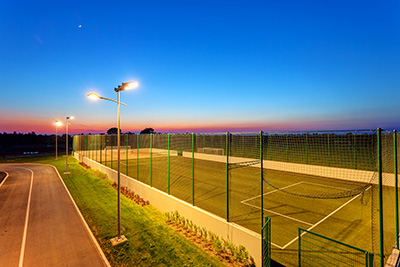
Outdoor amenity lighting is one of many applications where LED technology can deliver significant energy savings and a profound reduction in maintenance costs. The key to maximising these benefits in LED street lighting and wide area illumination products is the design of an LED assembly that incorporates the most efficient, highest efficacy LED possible, alongside a well-designed LED lens system to direct the light to where it is needed.
By selecting a high efficacy LED it is possible to achieve the high lumen output necessary for exterior illumination whilst using as little electrical power as possible. This reduction in power has an added benefit of maximising LED lifetime, as less power means less heat within the luminaire housing.
To achieve this high lumen per Watt figures it is important to take into consideration:
At Forge we routinely work with both aluminium and FR4 PCB materials; and for applications as demanding as street lighting we would recommend adopting the most thermally conductive material possible, which is aluminium IMS (isolated metal substrate).
Optical efficiency is fairly self-explanatory, if the lens is losing light as it works it towards the desired area for illumination then the practical lumens per Watt figure will reduce accordingly.
Colour rendering indicates how well a light source performs at representing colours. In certain applications is it is very important that a lamp achieves excellent colour rendition, for example in a retail environment, however for exterior area illumination the need to properly appreciate colours isn’t often a critical requirement. This is worthwhile considering because LEDs with high CRI values pay an efficiency penalty as they require the white light they emit to be comprised of a broader spectrum of colours. By having to work the blue light initially created within the LED into a wider range of wavelengths (colours) you effectively lose efficiency. So with exterior lighting it is favourable, and perfectly acceptable, to opt for a slightly lower CRI value to achieve better energy efficiency.


